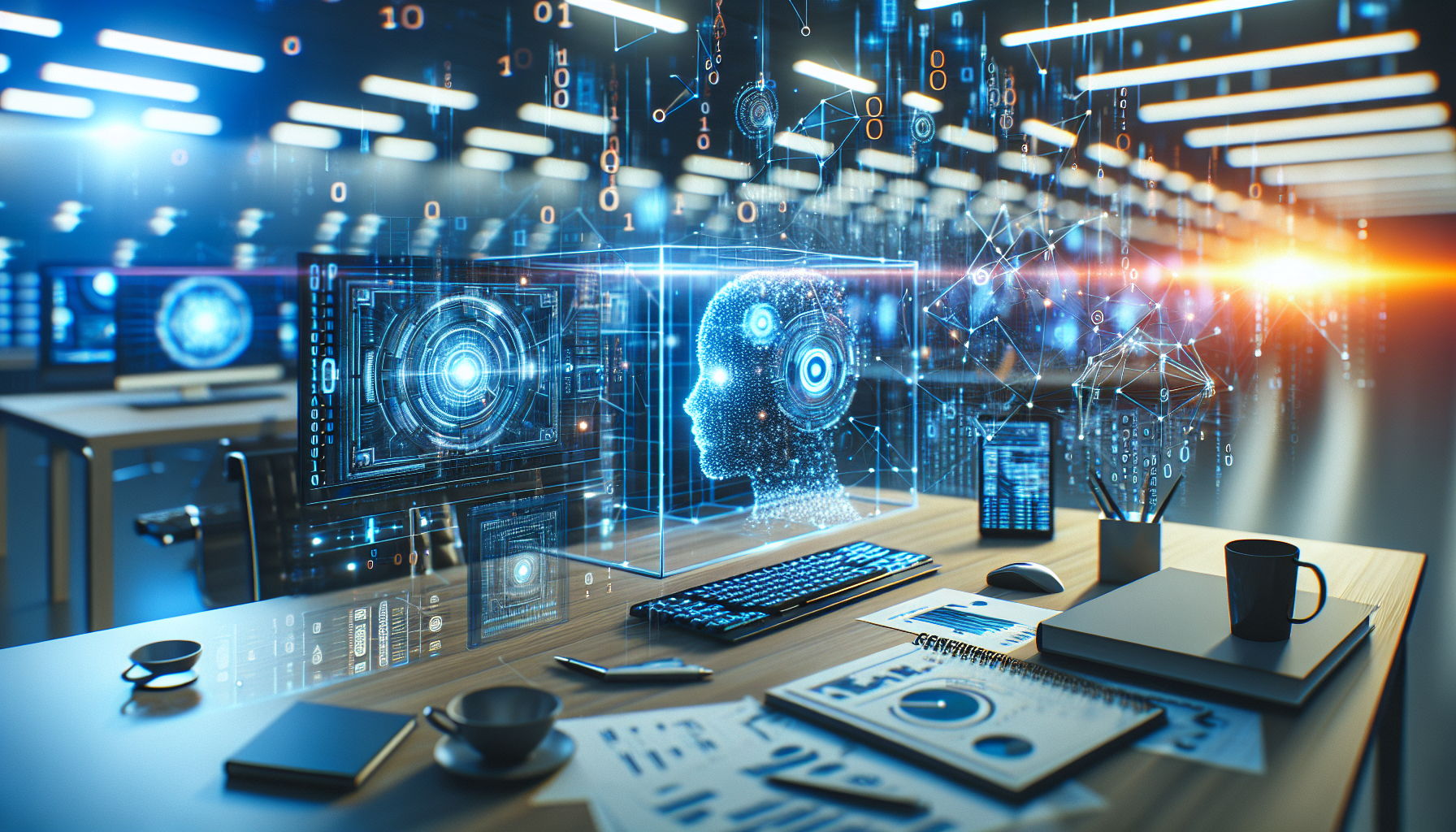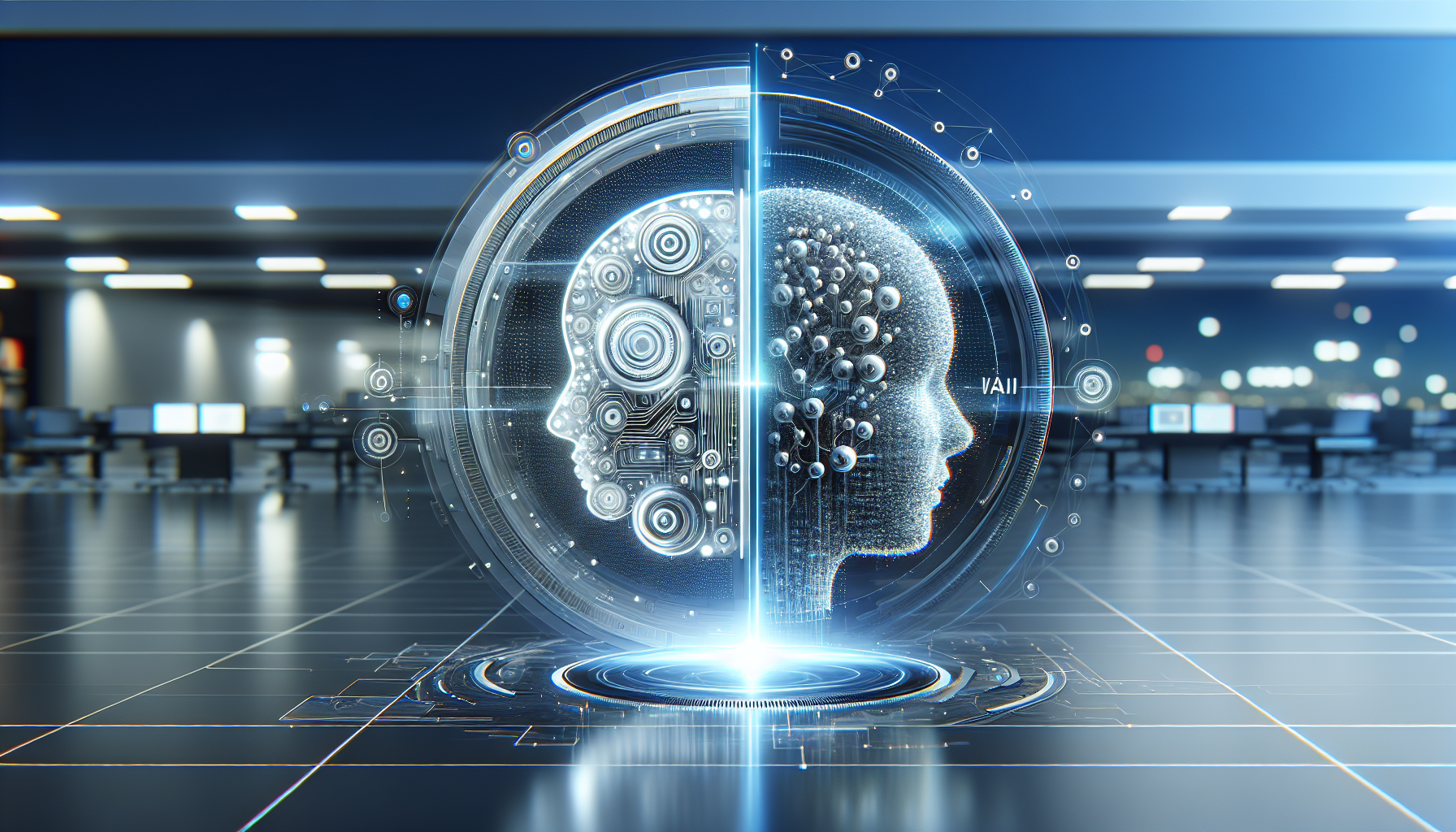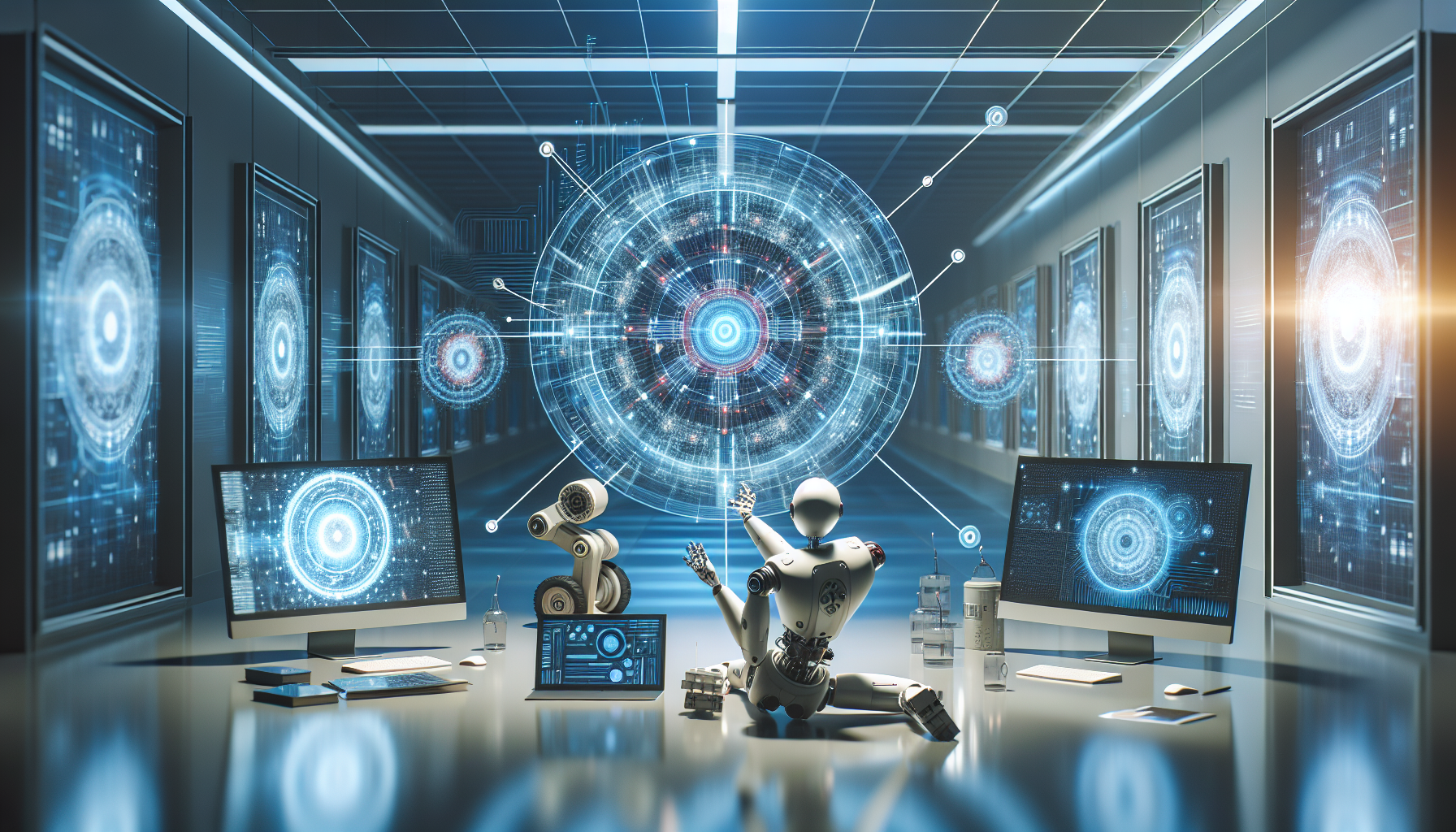
Natural Language Processing: How AI Is Learning to Understand Us Better
July 28, 2025
Ever tried to have a heart-to-heart with your virtual assistant and wondered how it actually processes what you say? You’re not alone. The fascinating world of Natural Language Processing (NLP) is the backbone of how artificial intelligence (AI) interprets human language. It’s like teaching a foreigner not just to speak your language, but to understand its nuances, humor, and cultural context. Let’s dive into how NLP is evolving and becoming more adept at understanding us.
Picture this: AI systems are like toddlers learning to speak. They initially grasp simple commands and words, but over time, they start to understand sarcasm, idioms, and even emotions. This is where Natural Language Processing comes in. NLP is the field of AI that focuses on the interaction between computers and humans through language. It’s what enables Google Translate to convert languages, chatbots to assist with customer service, and even your email app to suggest responses.
The journey of NLP has been nothing short of remarkable. Initially, it was all about rule-based systems. These systems had pre-defined rules to understand language, much like a phrasebook we might use when traveling. However, as you can imagine, this approach was limited and often resulted in hilarious, if not confusing, outputs. But AI didn’t stop there. With the advent of machine learning and neural networks, NLP has taken on a whole new dimension.
Neural networks, inspired by the human brain, allow AI to learn from vast amounts of data. This is where the magic happens. By analyzing countless examples of how humans use language, these systems can start to predict and generate responses that feel much more natural. Think of it as the difference between a parrot repeating phrases and a friend who truly understands your sense of humor. This development has led to noticeable improvements in how AI handles language.
One of the most exciting advancements in NLP is the use of transformers. These models, such as the famous GPT series, have revolutionized the way AI processes language. Unlike earlier models that focused on a sequence of words, transformers look at the entire context of a sentence all at once. This means they can understand not just the words you say, but what you mean. It’s like having a conversation with someone who can read between the lines.
But the evolution doesn’t stop there. AI is also getting better at understanding tone and sentiment. This is crucial because language is not just about words; it’s about emotions and intent. Imagine a text message that reads, “Great job.” Without context, it could be genuine praise or sarcastic criticism. NLP models are now working to catch these subtleties, making AI more empathetic and effective in communication.
Another trend worth noting is the democratization of NLP tools. Previously, these technologies were reserved for tech giants with deep pockets. But now, thanks to open-source platforms and APIs, even small businesses and individual developers can harness the power of NLP. This accessibility is spurring innovation and enabling a whole new wave of applications, from personalized learning tools to mental health chatbots.
Yet, as with any technology, there are challenges. One major hurdle is bias. Since NLP models learn from human-generated data, they can inadvertently pick up and perpetuate biases present in that data. Researchers are actively working to mitigate this, but it’s a reminder that AI is only as unbiased as the information we provide it.
So, what does the future hold for NLP and AI’s understanding of language? Imagine AI that can not only translate languages but capture cultural contexts, providing translations that are not just accurate but culturally resonant. Or envision an AI that can detect when someone is struggling emotionally, offering support or alerting a human caregiver.
The possibilities are endless, and the field of NLP is just beginning to scratch the surface of what’s possible. As AI continues to learn and adapt, the question isn’t just about how well it understands language, but how it can enhance our understanding of each other. How can AI help bridge communication gaps, not just between languages, but between people? This intriguing prospect invites us to consider the role of AI not just as a tool for translation, but as a catalyst for deeper human connection.


